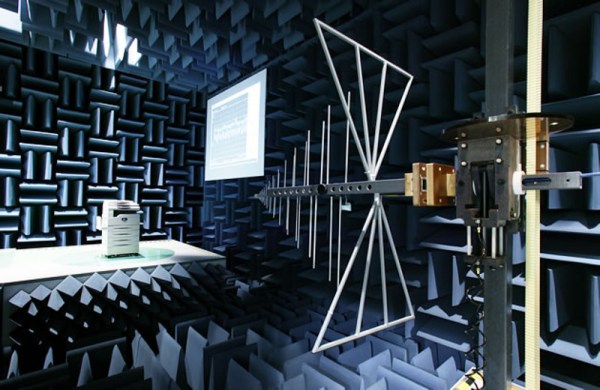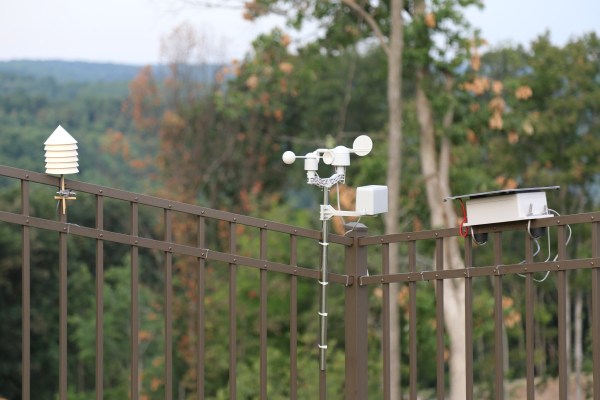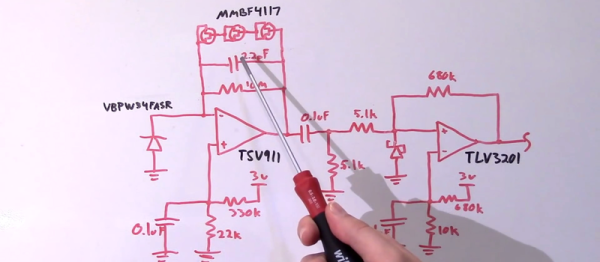We’re fascinated by things with no moving parts or active components that work simply by virtue of the shape they contain — think waveguides and resonators for microwave radiation. A similarly mystical device from the pneumatics world is the Hilsch Vortex Tube, and [This Old Tony] decided to explore its mysteries by whipping up a DIY version in his shop.
Invented in the 1930s, vortex tubes are really just hollow tubes with an offset swirl chamber. Incoming compressed air accelerates in the swirl chamber and heads up the periphery of the long end of the tube, gaining energy until it hits a conical nozzle. Some of the outer vortex escapes as hot air, while the rest reflects off the nozzle and heads back down the pipe as a second vortex inside the outer one. The inner vortex loses energy and escapes from the short end as a blast of cold air – down to -50°C in some cases. [Tony]’s build doesn’t quite approach that performance, but he does manage to prove the principle while getting a few good-natured jabs into fellow vloggers [AvE] and [Abom79].
We’ve covered vortex tubes before, but as usual [Tony]’s build shines because he machines everything himself, and because he tries to understand what’s making it work. The FLIR images and the great video quality are a bonus, too.
Continue reading “Peculiar Fluid Dynamics Creates Hot And Cold Air”


















